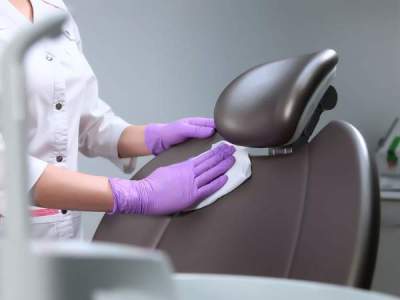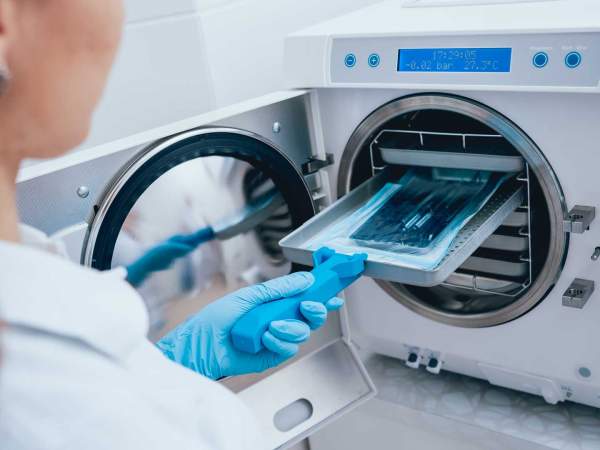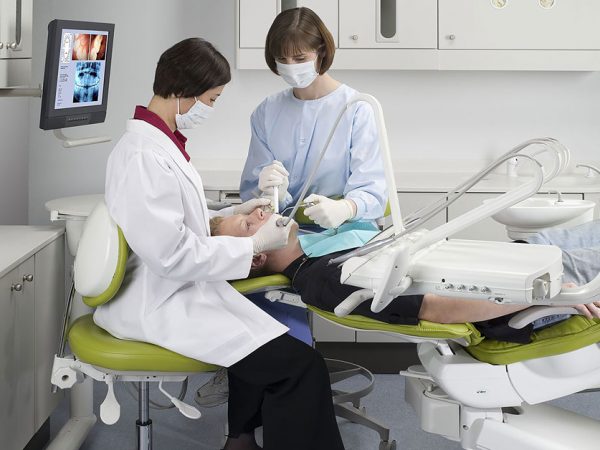A dental handpiece is one of, if not the most used items in dentistry. Because of this, it’s important to pick one that can handle the sizeable amount of tasks that it will need to complete without fail. Choosing a good handpiece goes hand-in-hand with running an efficient dental practice because it can improve both patient and dentist satisfaction at your clinic. When buying a new high-speed or low-speed handpiece, make sure you research its capabilities, reputation, and functions before committing to a purchase.
Trusted Brands
Dental handpieces are valuable pieces of equipment that are sure to see some mileage in their time. As such, you’re going to want one that withstands the test of time so you get your money’s worth. Just like you wouldn’t buy a car from a nameless brand, you want quality assurance that an industry expert-created your dental equipment. NSK and W&H are two of the most popular and trusted handpiece manufacturers in Australia. We have found that their handpieces are durable and high-functioning over a long working lifetime. Each brand offers a range of handpieces with various attachments and fittings at several price points.
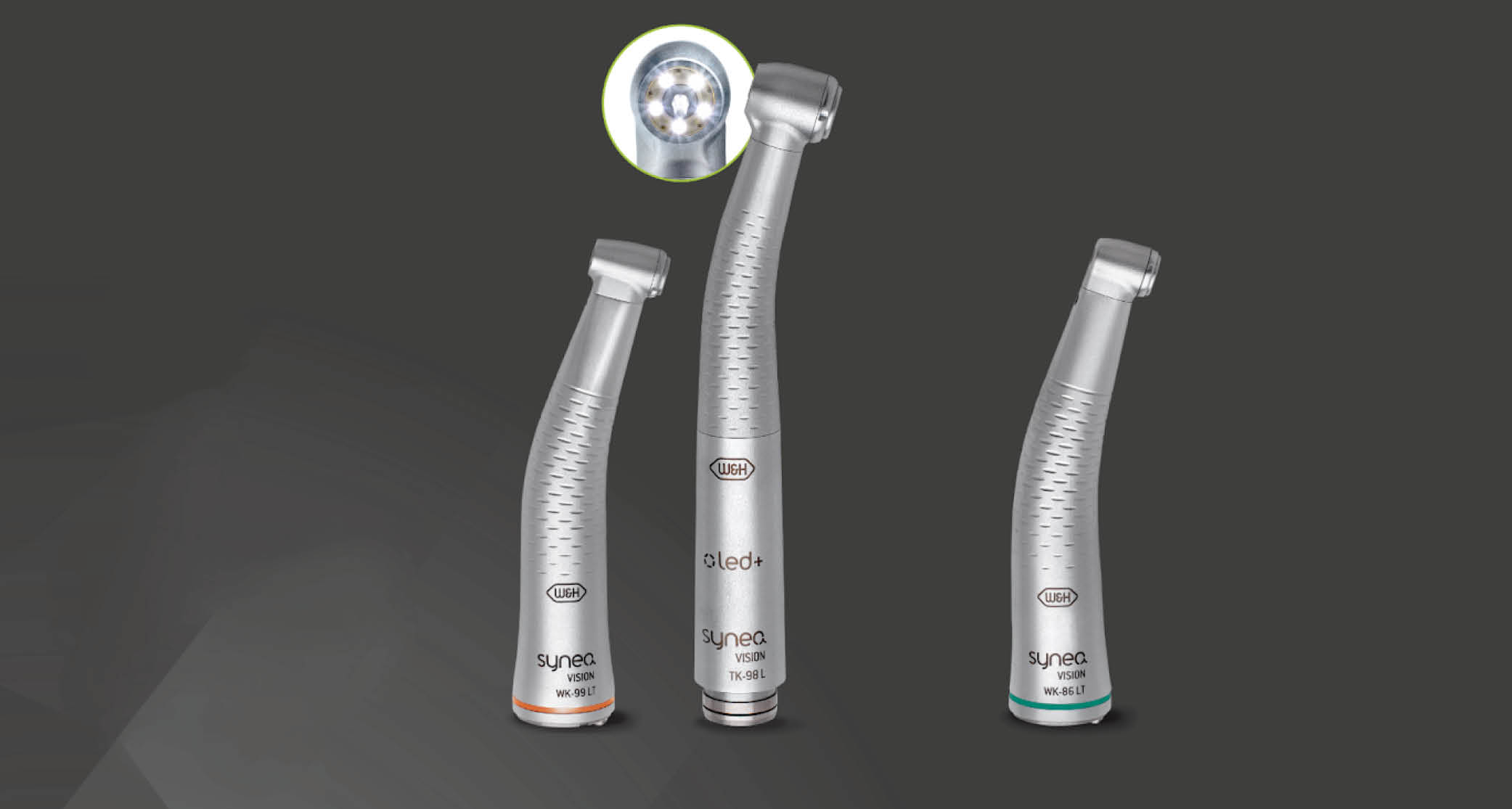
Air Turbine & Electrical Handpieces
When it comes to powering your handpieces, you have two options – air or electrical. An air-driven handpiece uses compressed air to rotate the turbine which powers the apparatus, while electric handpieces use an interior electric motor to rotate the head.
Electric motors are becoming increasingly popular in modern dental practices because they are often quieter and faster to use.
Air-driven handpieces have speeds up to 25,000rpm, but they can have fluctuating torque levels. Electric motors reach 40,000rpm and have a higher and more consistent torque level, even when the bur meets resistance. This makes them a more manageable and consistent tool to use. When used with a red band handpiece a maximum of 200,000rpm can be reached.
Still, air handpieces are widely used because of their long-lasting place in the dental world and exterior power source, which means they’re less likely to be faulty because of an interior issue. Many dentists continue to use air-powered handpieces because it’s what has been used in the practice for years, however when looking to upgrade, it’s always good to consider switching to technology that may improve your clinic.
Size & Weight
Comfort and ease of use are important in a handpiece to reduce the impact of repetitive stress injuries (RSI). When choosing your handpiece, you should consider the tool’s weight, balance, and how it fits in hand. Dentists’ frequently experience RSI’s, so picking a handpiece that is comfortable and doesn’t cause significant strain on the hand and forearms is a good way to prevent industry-related injury.
The size of the handpiece’s head should also be considered. The height and diameter of the handpiece can affect the overall visibility and ease of access you and your dentists have. Getting the smallest head that can still effectively complete the job allows your dental team to see more and work around the handpiece.
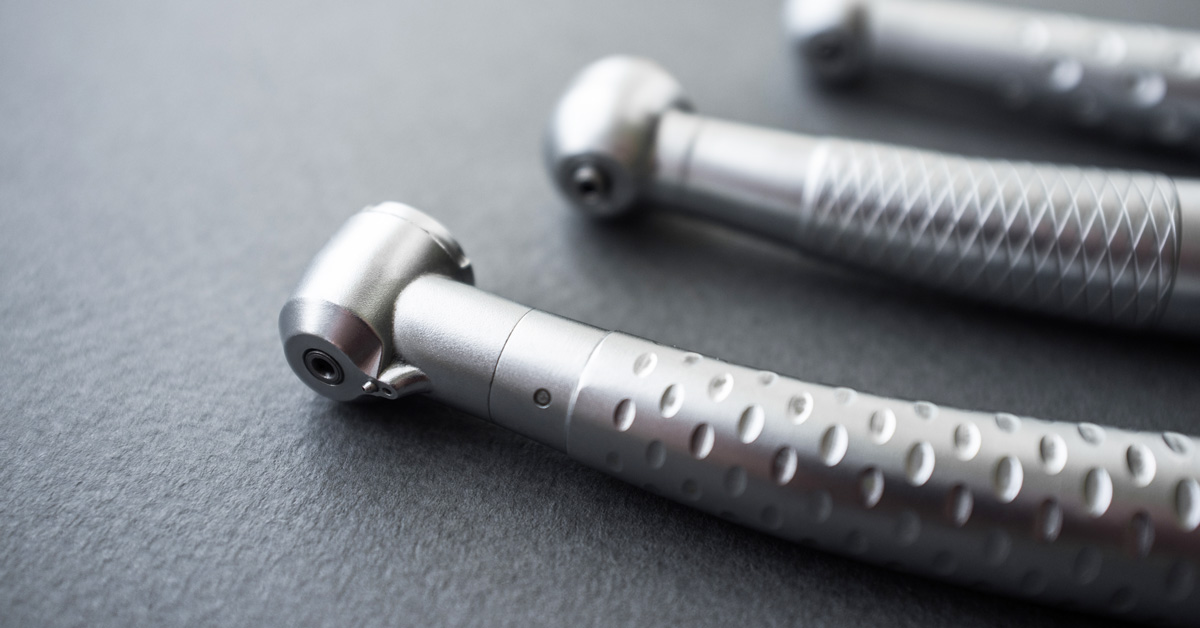
Noise
Low noise levels are important for two reasons: it maximises patient comfort and protects the hearing of the clinician. Air-turbine handpieces have a significantly higher noise output than electric options. An air-powered handpiece operates at about 70 decibels, whereas an electric handpiece has an average noise output of 55 to 60 decibels.
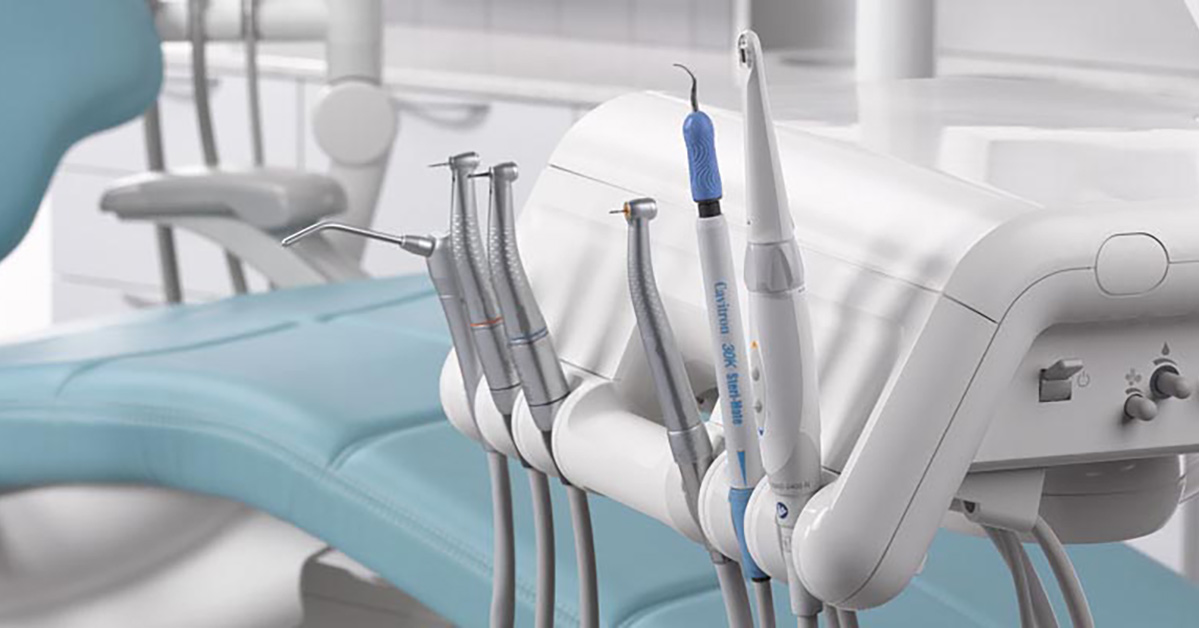
Maintenance
Picking a reputable supplier (like Dental Depot) that offers ongoing support helps you out if things go wrong in the future. Warranties are an important safety net should something malfunction, however, trusted in-house support and repair services could be just as important. Picking a supplier that you feel confident with is just as important as picking a quality handpiece.
At Dental Depot, we offer dental handpiece and equipment supplies, maintenance and repairs. We stock all of the leading brands and can keep them maintained long after your purchase, so no matter what your equipment needs are, we have a guaranteed solution.

